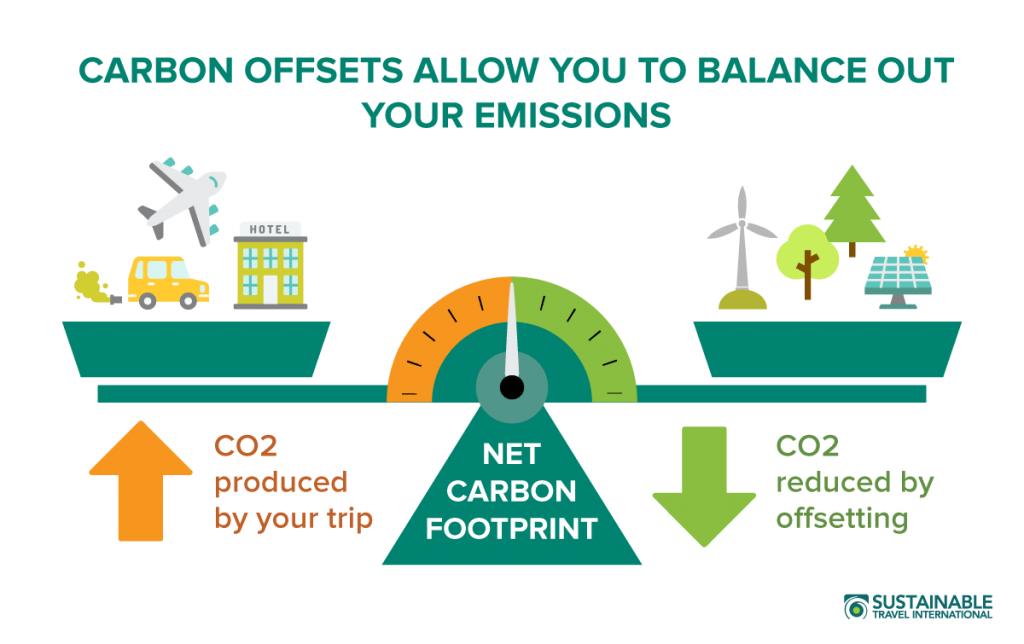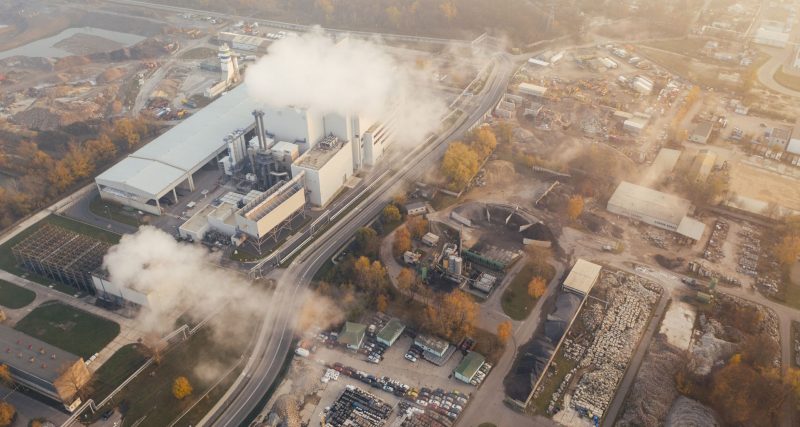Global warming is one of the most pressing issues today. As the world becomes more industrialized, economies are observing a rise in greenhouse gas emissions. These emissions are contributing to climate change, which is a real and present threat to planet Earth. One way that businesses can help mitigate climate change is by reducing their carbon emissions. This can be done through a practice called carbon offsetting.
What is Carbon Offsetting?
Carbon offsetting is a way for businesses to take responsibility for their emissions. Through this practice, businesses can mitigate their impact on the environment. Carbon offsetting is the process of reducing emissions of carbon dioxide or other greenhouse gases. These gases are produced by an individual, business, or organization. Businesses invest in sustainable projects to reduce the said emissions.
By investing in carbon offsets, businesses can cancel out their emissions. Quite literally, businesses offset their emissions by supporting projects that reduce them elsewhere.
ADVERTISEMENT
Businesses use carbon accounting practices to account for the emissions that need to be offset. These practices help businesses track and report their emissions. They also help assess the impact of their offsetting projects. There are many different methodologies for carbon accounting, but the most common is the GHG Protocol.
Why Should Businesses Offset Their Carbon Emissions?
There are many reasons why businesses should offset their carbon emissions. By doing so, businesses can promote sustainable practices. These practices then contribute to global initiatives to slow down global warming.
1. Save Resources
Reducing emissions can save businesses money by reducing energy consumption and waste. Additionally, investing in carbon offsets can help businesses improve their operational efficiency. Businesses can also avoid or reduce penalties for exceeding emissions limits.
ADVERTISEMENT

2. Improve Brand Image and Customer Loyalty
Many consumers today are interested in supporting businesses that take sustainability seriously. Carbon offsetting is a way for businesses to show they are committed to reducing their impact on the environment. This can help businesses attract and keep customers, as well as attract investors.
3. Enhance Corporate Social Responsibility
Many businesses have corporate social responsibility (CSR) policies in place. Offsetting carbon emissions is a way for businesses to reduce their environmental impact and adhere to their CSR policies. This can help businesses build trust and improve relationships with employees, customers, and other stakeholders.
4. Comply with Environmental Regulations
As the world becomes more aware of the dangers of climate change, governments are beginning to implement regulations to try to mitigate the problem. Offsetting carbon emissions can help businesses comply with these regulations.
ADVERTISEMENT
5. Prepare for a Low-Carbon Future
Businesses that offset their emissions are well-positioned to take advantage of new opportunities. Carbon offsets can give businesses a competitive edge in the marketplace and help them transition to a low-carbon future.
What Are the Different Types of Carbon Offsetting Projects?
Carbon offsetting projects can take many forms, but they all aim to reduce greenhouse gas emissions in some way. When selecting a carbon offset project, businesses should consider the project’s location, emissions reductions, and cost-effectiveness.
Businesses are recommended to choose projects that are close to the business operations or that directly offset the business’ emissions. These projects are considered to be more effective than projects located further away or that have indirect emissions benefits.
Additionally, businesses should consider the total emissions reductions achieved by the project. This number should be compared to the cost of the offset as well. Some common types of carbon offsetting projects include the following:
1. Renewable Energy
One type of carbon offsetting project is investing in renewable energy sources such as solar, wind, or hydropower. By supporting the development of renewable energy, businesses can help reduce the world’s dependence on fossil fuels.
2. Energy Efficiency
Another way to offset carbon emissions is by investing in projects that improve energy efficiency. This can include anything from weatherizing buildings to retrofitting factories with energy-saving equipment.
3. Reforestation
Reforestation is another popular type of carbon offsetting project. This involves planting trees to absorb carbon dioxide from the atmosphere. Trees also have the added benefit of providing habitat for wildlife and producing oxygen. Many startups and small businesses take part in reforestation activities. This is because these are more cost-effective contributions compared to other types of projects.

4. Agricultural Practices
Improving agricultural practices is another way to offset carbon emissions. This can include anything from using less water in irrigation to switching to more sustainable farming methods.
5. Waste Reduction
Reducing the amount of waste produced by businesses can also help offset carbon emissions. This can be done by recycling, composting, or simply reducing the amount of waste produced in the first place.
The Bottom Line
Every business has the opportunity to make a difference in the fight against climate change. By investing in carbon offsets, businesses can reduce their emissions. They can also contribute to sustainable projects. Businesses save money, improve their reputation, and meet sustainability goals through carbon offsetting.








